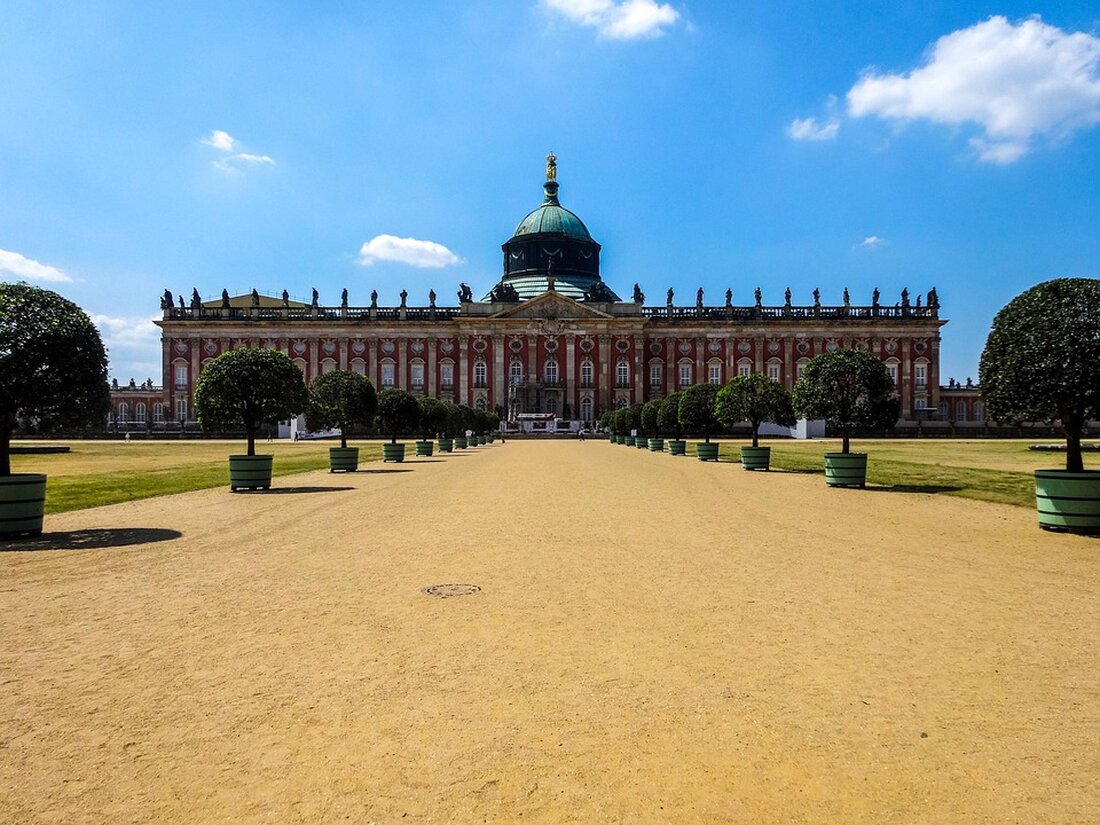New Stalin monument in Moscow U-Bahn ensures controversy
New Stalin monument in Moscow U-Bahn ensures controversy
A new monument for the Soviet dictator Joseph Stalin was built in the Taganskaya subway station in Moscow. This life -size wall sculpture shows Stalin, which stands on the Red Square in Moscow, surrounded by admiring citizens. While some household members welcome the monument as a historical tribute, others say that it is a mistake to honor someone who was responsible for so much suffering.
history of the monument
The monument is a recreational to an original monument that was inaugurated in 1950 in the same subway station, three years before Stalin's death. According to the information from the Moscow subway, the original monument was "lost" in 1966 when the Taganskaya station was redesigned.
Stalin's heir and its controversy
During the time of the great terror (1937-38), almost 700,000 people were executed under Stalin's regime, while many others were sent to the Gulag system, a widely branched network of prison camps. In a statement, the Moscow subway explained that the new version of the monument was presented to the public on May 15, as part of their “gifts” to the passengers for the 90th anniversary of the extensive, artistic and famous transport network.
assessments on the importance of the monument
The original title of the work, "thanks to the people to the leader and commander", honors Stalin's role in the victory of the Soviet Union in World War II, whose 80th anniversary Russia celebrated this year. A Moscow citizen, Yevgeny Ivanov, commented: "This man created a lot. We have to respect what he has achieved."
Another Moscow, Kirill Frolov, recognized that Stalin's balance was mixed, but said that Stalin's role as the winner in World War II and his success in the industrialization of the Soviet Union makes him a figure that deserves to be reminded.
protests and negative reactions
However,skeptic voices and critics condemn the monument. The Moscow branch of the liberal Yabloko party officially protested against what she described as a return of a monument for "a tyrant and dictator", and instead called for a memory of the victims of Stalin's repression. In a statement they said: "The return of symbols of Stalinism to Moscow is an attack on the history and a mocking of the descendants of the repressed."
the de-stalinization
Soviet leader Nikita Khrushchev denounced Stalin in 1956 for his brutality and crimes, whereupon pictures of Stalin were systematically removed as part of a de-stalinization campaign. In recent years, however, some Stalin's statues have reappeared at different locations, although his heir is still deeply controversial.
Current parallels
Alexander Zinoviev, a researcher and expert for Soviet architecture, expressed that the new monument and the period to which it refers to some similarities with the current mood in Russia, especially in view of the stand compared to the West in the context of the Ukraine War. "It is a kind of self -insulation, the same conservative ideology and belief in one's own strength," he said, emphasizing the need to avoid trust and criticism of the powerful, which in his opinion is in line with the present time.


Kommentare (0)